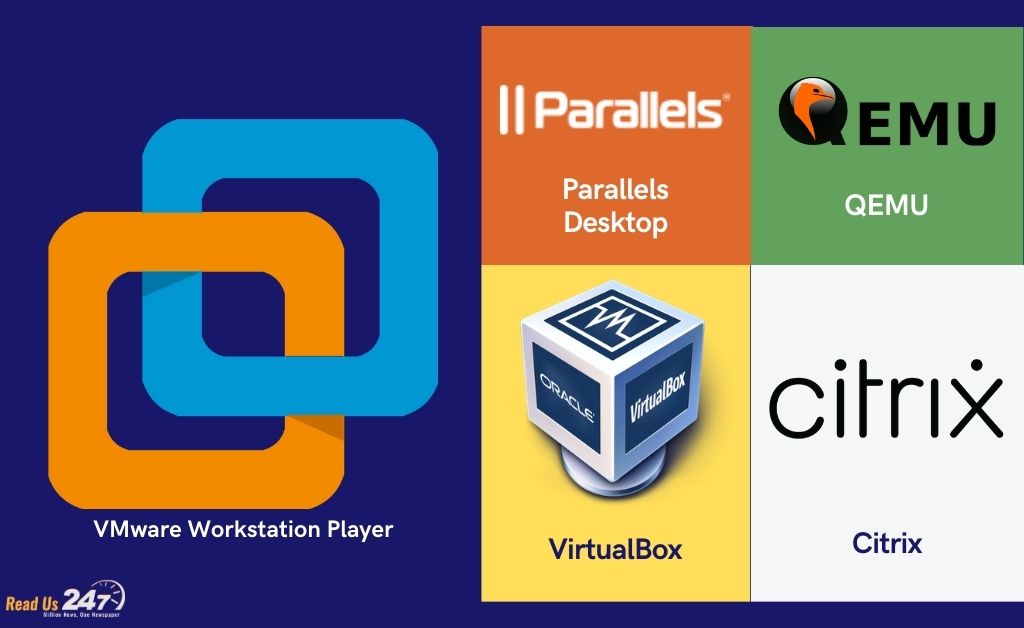A Virtual Machine (VM) is a digital environment that emulates an operating system. It encourages a replacement for a real computer. They emulate computer architectures that have the same capabilities as a physical computer.
A Best Virtual Machine Software makes virtualization simple for various OS systems to run several installations on the same device or workstation.
Virtual Machines, particularly for cloud computing, have become an important component of computing. Yet virtualization is also something for home users.
Virtualization allows users to use their own PC for individual purposes to run various operating systems such as Windows on a Mac, or Linux on a Windows PC – vice versa.
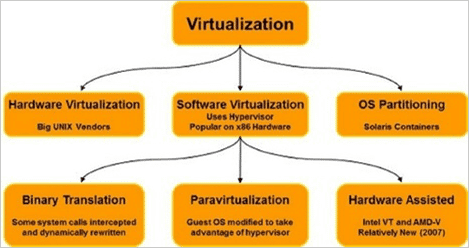
One of the main benefits of using a virtual machine is that it lets you run applications that would otherwise not be possible because of somewhat varying device requirements.
Surprisingly, another problem is security problems because malware cannot properly run in a virtualized environment.
In general, virtualization has now become a strong computer and IT tool and the best in virtual machinery software is available here.
5 Best Virtual Machines
This is a handpicked compilation of Windows, Mac, and Linux’ best free virtual machine software. The list includes software that is open source (free) and paid (commercial).
1. VMware Workstation Player
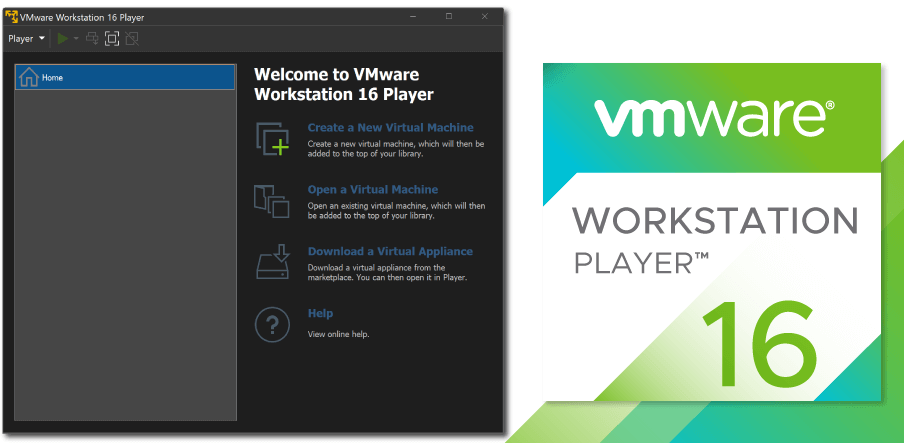
With Fusion for Apple Mac and Workstation Player for the PC, VMware has a very extensive choice of virtualization products.
These two items provide the same solution effectively, but customized to the individual host OS, despite the name distinction.
In the case of Mac, which contains an effective ‘Unity Mode’ that allows Mac OS to run Windows from the Dock and make them seem to belong to the host OS.
The workstation is a mature product and provides one of the most advanced VM implementations ever seen The version numbers show.
It allows CAD and other GPU accelerated applications to function in virtualized form, being one of the few hosts that support DirectX 10, OpenGL 3.3.
Windows or Linux Workstations Player is free to use but Pro is required by business users and those who want to run restricted VMs that are created using Pro or Fusion Pro.
Features:
-
It helps you to manage multiple data security and network settings for a different virtual Device.
-
It allows you to convert data from and to your PC from your virtual machine.
-
You should buy a license to work from a business perspective.
- Supports GPU virtualization
2. Parallels Desktop
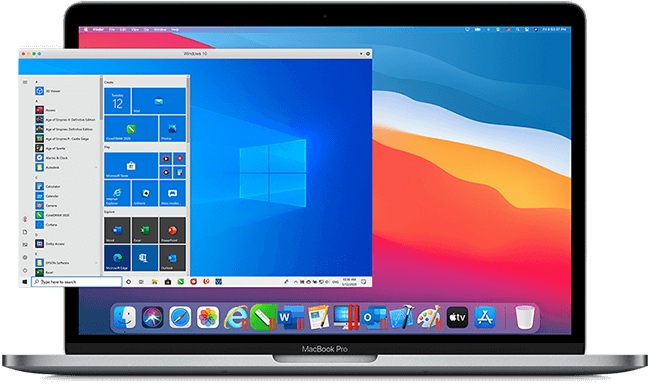
The Boot Camp is a free Apple tool for Practically running a macOS session, although those that have to do so frequently use Parallels that are now owned by behemoth Corel software.
It allows them to run Windows seamlessly alongside their native OS when they need software that only runs on that platform.
Some of Parallels’ stylish features are to render Windows alarms in the Mac Notice Center and to operate a single clipboard.
Most users of Mac assume that Parallels is just a tool for using Windows but can be used to fit a large variety of Linux distros, Chrome OS (which runs best Chromebooks) and many more (and older) Mac OS models.
The lowest amount for the standard version is $79.99 (£69.99). Above this is a Pro Edition that offers more memories and supports Microsoft Visual Studio creation. And a Business Version, which contains unified IT professionals license management software.
Features:
- Integration with macOS
- Much better than Boot Camp
- Obtain details such as usage statistics and licensing operations in real-time.
- This virtual machine runs Windows smoothly side by side on the Mac and switches with only a single click between Mac and Windows.
3. VirtualBox

Don’t know which operating systems you could use? VirtualBox is a good choice because it supports a wide range of host and client combinations.
Windows XP, any Linux 2.4 or higher, Windows NT, Server 2003, Solaris, OpenSolaris, OpenBSD Unix. There are also people on their modern systems that run nostalgically Windows 3.x or even IBM OS/2.
It also operates on Apple Mac and can host a Mac VM client session for Apple users.
Oracle has been friendly enough to support VirtualBox and has been able to download and use a wide variety of pre-built VMs for free.
All are free; even the Enterprise edition.
Features:
- Resizing Window is very easy.
- Supports drag & drop functionality.
- This Virtual machine tool helps you to run every program on your server.
4. QEMU
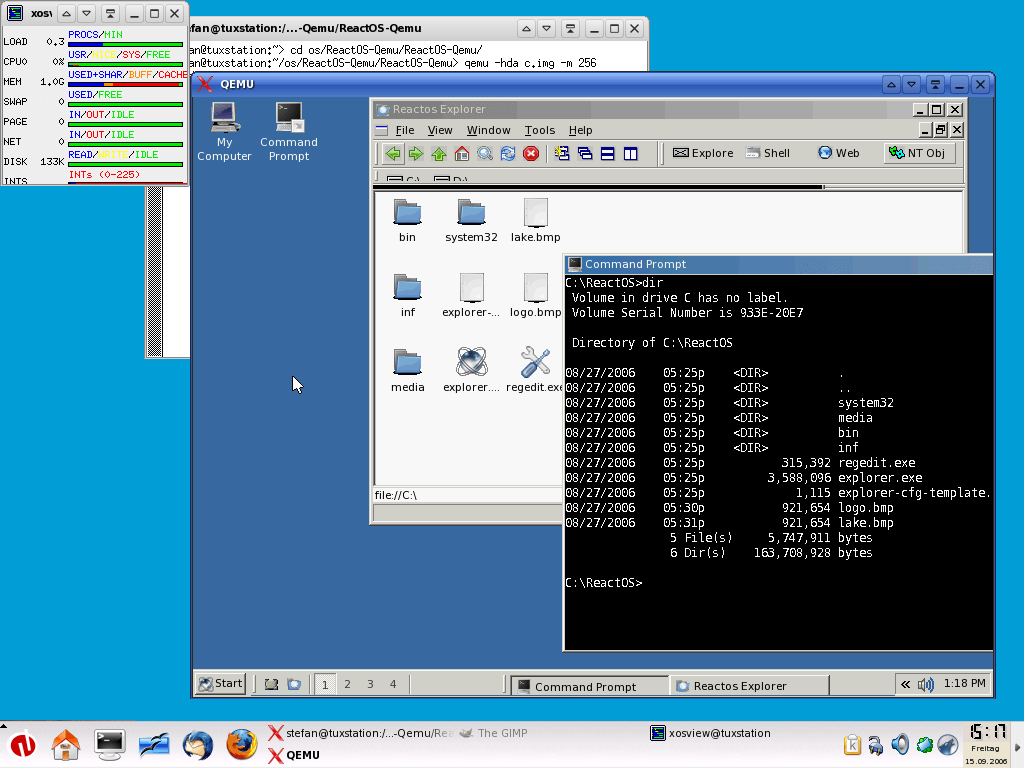
QEMU is an emulator and virtualizer generic and open source machine.
If the product varies slightly from other VM solutions, it is a VM host as well as a computer emulator. QEMU can emulate, among other things, x86 PCs, PowerPC, MIPS64, ARM, SPARC (32 and 64), MicroBlaze, ETRAX CRIS, SH4, and the RISC-V.
It does that without the privileges of the administrator and the performance of the running VMs is near that of the native installations.
What QEMU lacks are advanced interface resources, but instead, uses CLI inputs to install and configure VM customers.
At present, it can also be hosting on Linux only, despite being able to run a large number of operating systems.
Features:
- Supports hardware virtualization.
- Can be used on any system.
5. Citrix Hypervisor
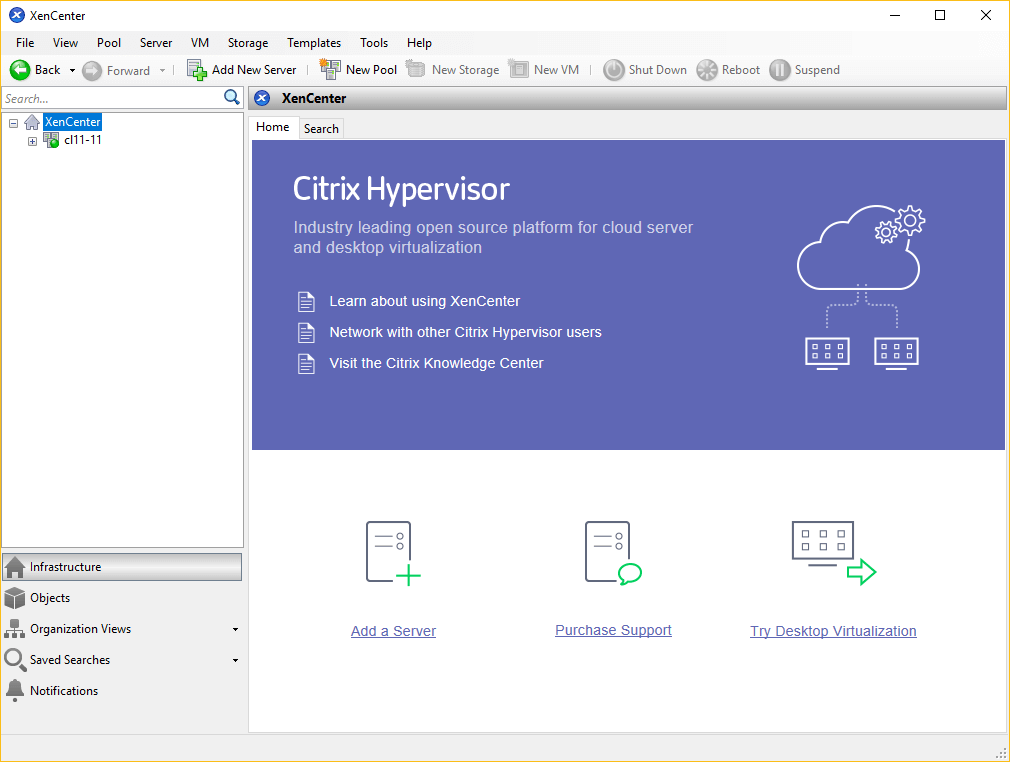
The open-source software of Citrix Hypervisor is now available for download and installation free of charge. Or the basic version is free, but advanced functions are limited to premium versions.
Paying customers to get specialized management tools that are capable of automating and distributing live environments at will. It also has GPU pass and virtualized GPU features to sell, for example, virtualized CAD.
The other goal of XenServer is the creation and maintenance of a virtual data center that can manage scheduled and unplanned outages equally easily.
Features:
- It provides an up-to-date digital workspace with applications and desktops from every cloud platform.
- Enable enhanced workloads for users of graphics.
- It makes saving, viewing, and sharing wide files fast and safe for users.
Conclude…..
Virtualization software is not flawless and Windows-emulated systems are still less lent than Windows on a Windows PC.
But the best Virtual Machine provides you with the flexibility to run virtually any application you want on a single computer while using the apps you’ve been writing to when you’ve left the OS.
Frequently Asked Questions–
What is a Virtual Machine?
A Virtual Machine (VM) is a digital environment that emulates an operating system. It encourages a replacement for a real computer. They emulate computer architectures that have the same capabilities as a physical computer.
What are the benefits of using Virtual Machines?
Run multiple Operating Systems and You can access apps or operating systems on a centralized computer through virtualization.
What is the best free virtual machine software?
It’s totally on your need. Check our article you will surely find the best one.
Is VMware better than VirtualBox?
VMWare Player is considered as being the best between host and VM, but you have an infinite amount of snapshots from VirtualBox (something that can be used only with VMWare Workstation Pro).

